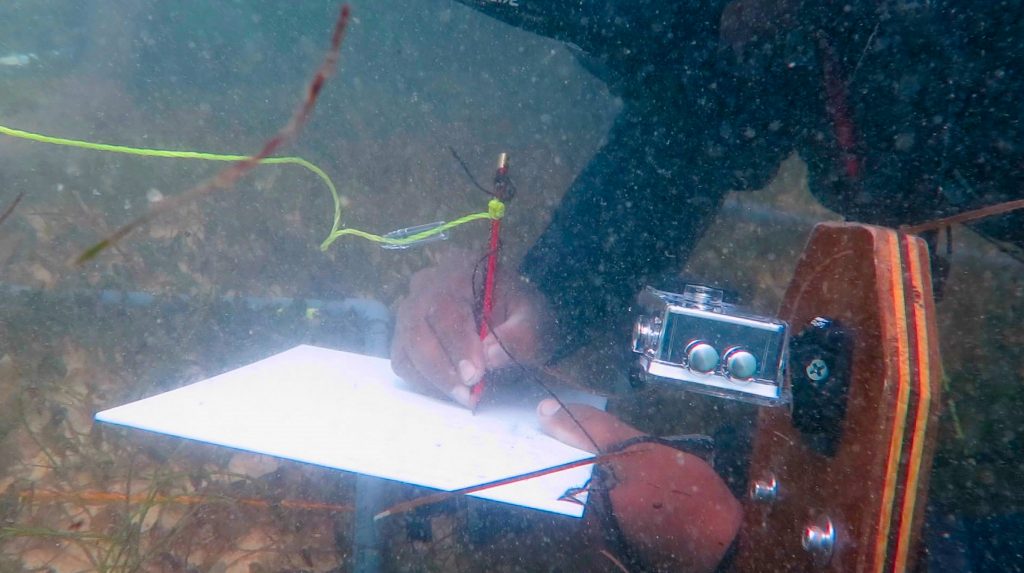Mid-term Review Undertaken in Eight Countries
June 07, 2017
In December 2016, the Dugong and Seagrass Conservation Project underwent its Mid-Term Review (MTR) in the eight Project countries that it operates in, namely Indonesia, Madagascar, Malaysia, Mozambique, the Solomon Islands, Sri Lanka, Timor-Leste and Vanuatu, by a Team of three consultants. This means that the global Dugong and Seagrass Conservation Project, which started in early 2015, is now halfway through its lifetime!
On a scale from 1 to 6, where 1 is the lowest ranking and 6 is the highest, the Dugong and Seagrass Conservation Project received an overall ranking of 4.5, lying between ‘Satisfactory’ and ‘Moderately Satisfactory’. During the MTR of the Dugong and Seagrass Conservation Project, the best performing countries were Sri Lanka, Madagascar and Vanuatu.

With the aim of assessing the internal Project dynamics of the partner organisations and institutional and procedural practices of the Project, as well as a tool for enhancing country ownership in determining key priorities on their agenda in a given period of time, the MTR has proven to be a holistic assessment of the overall performance of the Dugong and Seagrass Conservation Project.
While Terminal Evaluation is important for the Global Environment Facility (GEF), the donor, to witness the value added of their investment, the Mid-Term Review confirmed its particular importance for the Project itself, because it represented a turning point to catalyse change and to allow room for recovery and improvement, where and when that is required.
Notable actionable and concrete findings and recommendations highlighted by the MTR Team were as follows:
- Review of the global Results Framework of the Project
- Significant amount of technical know-how and hands-on guidance on for awareness, incentives and research activities is required
- National Logframes streamlining with realistic results within the remaining timeframe is required
- Necessary budgetary reviews of national projects’ budgets
- Stricter financial controls and conditionality against national projects’ delivery
- Strengthening of national coordination and the role of the National Facilitating Committees
- More active internal and external (outreach) communications
- Wider use of the Clearing House Mechanism (the global Project’s website)
In order to leave a legacy, the Project will continue to capitalise on the lessons learned and best practices from the Project countries. The Coordination Team of the Project plans to achieve this through mobilising additional support and leveraging additional funding to serve the overall objective of this Project, which is “to enhance the effectiveness of conservation of dugongs and their seagrass ecosystems across the Indian and Pacific Ocean basins”.
More information on the lessons learned and best practices, derived from the MTR Report, may be found here:
The MTR process turned out to be beneficial for all stakeholders including GEF (institutional learning), the CMS Dugong MoU Secretariat (implementation of the Conservation Management Plan), the Governments (informing decision-making and providing policy guidance), the Project Partners (a reality-check on their roles and their contribution to the overall Project objective) as well as the Project Coordination Team (as a learning curve to improve performance and achieve concrete results).
Last but not least, the Coordination Team of the Dugong and Seagrass Conservation Project would like to take this opportunity to thank the Team of the three reviewers and UN Environment for extending their expertise to this crucial Project milestone!